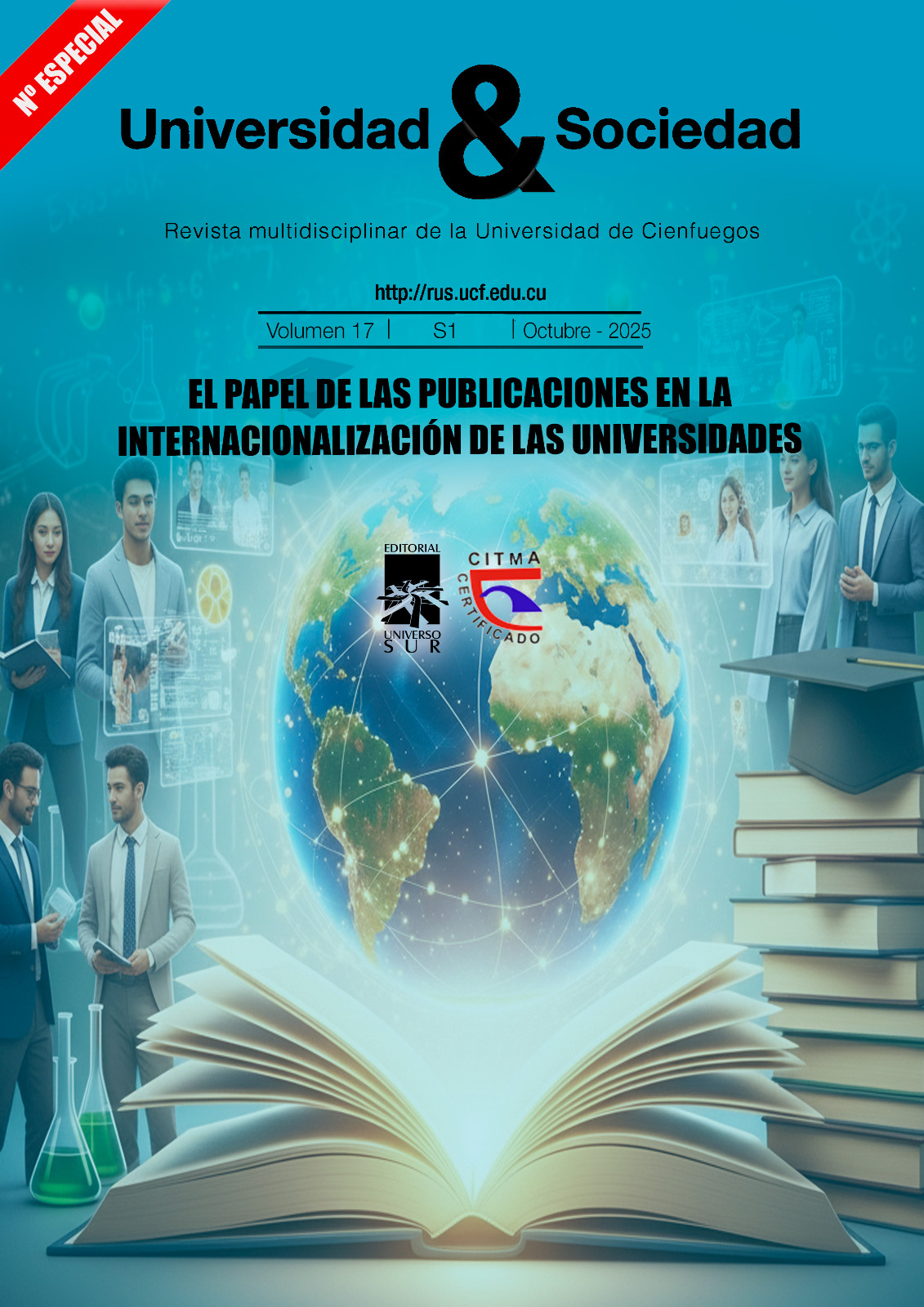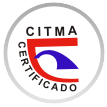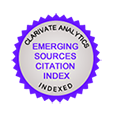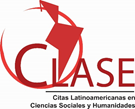Pedagogical and philological aspects of the use of euphemisms and dysphemisms in English language teaching
Keywords:
pedagogy, English language, euphemism, dysphemism, lexical alternatives, pedagogical analysisAbstract
This article examines stylistic devices that employ lexical alternatives through euphemism and dysphemism. These linguistic mechanisms are utilized when speakers seek to express identical meanings through alternative words and word combinations. Dysphemism, also referred to as circumlocution, can be classified into two primary types: logical and abstract. In dysphemistic expressions, concepts are articulated through relatively extended word groups that typically function as synonymous alternatives. The study aims to clarify the fundamental distinctions between euphemism and dysphemism. It was found that the primary difference lies in their communicative functions: euphemism serves to mitigate the perceived harshness of words employed across various social domains of language use. Specifically, euphemisms provide polite alternatives for taboo subjects including death, sexuality, bodily functions, and disability. As linguistic units, euphemisms facilitate softer, more socially acceptable expressions of words and phrases that might otherwise be considered harsh or inappropriate. Furthermore, euphemisms emerge as responses to lexical prohibitions—linguistic constraints that develop in connection with superstition, religious beliefs, cultural fears, and similar sociocultural factors that influence the naming of specific objects and events in the surrounding world. These constraints reflect broader patterns of social interaction and cultural sensitivity in language use.
Downloads
Published
How to Cite
Issue
Section
License
Copyright (c) 2025 Editorial "Universo Sur"

This work is licensed under a Creative Commons Attribution-NonCommercial-NoDerivatives 4.0 International License.
La editorial "Universo Sur", de la Universidad de Cienfuegos, publica el contenido de la Revista "Universidad y Sociedad" bajo una Licencia Creative Commons Atribución-NoComercial-SinDerivar 4.0 Internacional.
© Podrá reproducirse, de forma parcial o total, el contenido de esta publicación, siempre que se haga de forma literal y se mencione la fuente.










